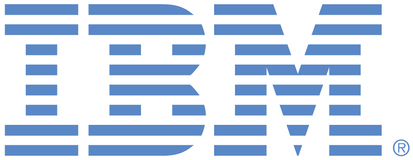
This is an IBM Automation portal for Cloud Management, Technology Cost Management, Network Automation and AIOps products. To view all of your ideas submitted to IBM, create and manage groups of Ideas, or create an idea explicitly set to be either visible by all (public) or visible only to you and IBM (private), use the IBM Unified Ideas Portal (https://ideas.ibm.com).
Shape the future of IBM!
We invite you to shape the future of IBM, including product roadmaps, by submitting ideas that matter to you the most. Here's how it works:
Search existing ideas
Start by searching and reviewing ideas and requests to enhance a product or service. Take a look at ideas others have posted, and add a comment, vote, or subscribe to updates on them if they matter to you. If you can't find what you are looking for,
Post your ideas
Post an idea.
Get feedback from the IBM team and other customers to refine your idea.
Follow the idea through the IBM Ideas process.
Specific links you will want to bookmark for future use
Welcome to the IBM Ideas Portal (https://www.ibm.com/ideas) - Use this site to find out additional information and details about the IBM Ideas process and statuses.
IBM Unified Ideas Portal (https://ideas.ibm.com) - Use this site to view all of your ideas, create new ideas for any IBM product, or search for ideas across all of IBM.
ideasibm@us.ibm.com - Use this email to suggest enhancements to the Ideas process or request help from IBM for submitting your Ideas.

Hi @Guest
We have a feature where we only collect stack trace for erroneous call. It is a opt in feature where we do not send stack traces for non-error spans reducing the ingestion.
I am attaching the configuration below:
Agent via configuration.yaml that doesn’t needs application restart:
Environment Variable
export INSTANA_TRACING_STACK_FILTER_ERROR_ENABLED=trueIt needs application restart
The variable should be created where the application is running
System property
-Dcom.instana.tracing.stack.filter.error.enabled=trueTo use system property the customer must add this argument when he starts the application, like
$ java -Dcom.instana.tracing.stack.filter.error.enabled=true -jar application.jarNeeds restart the application to add the new property as argument
I want to know if this will help you guys?
Also we have a improvement on this feature coming up where we do not create stack tracers for non-error spans. But I think the feature we have now will already help you guys.